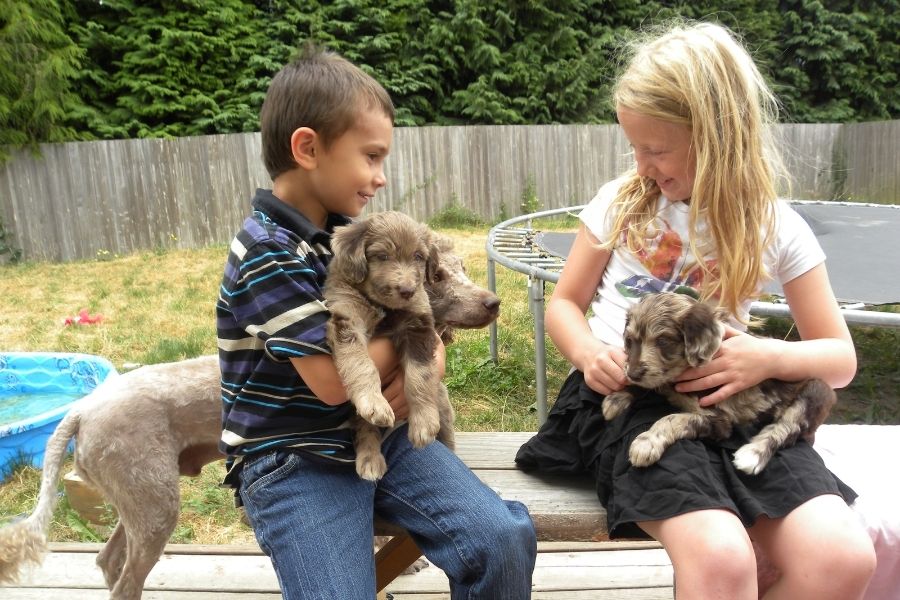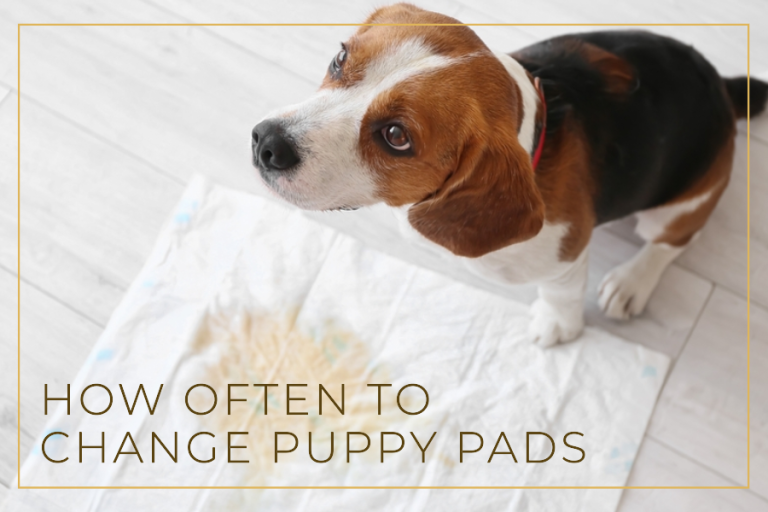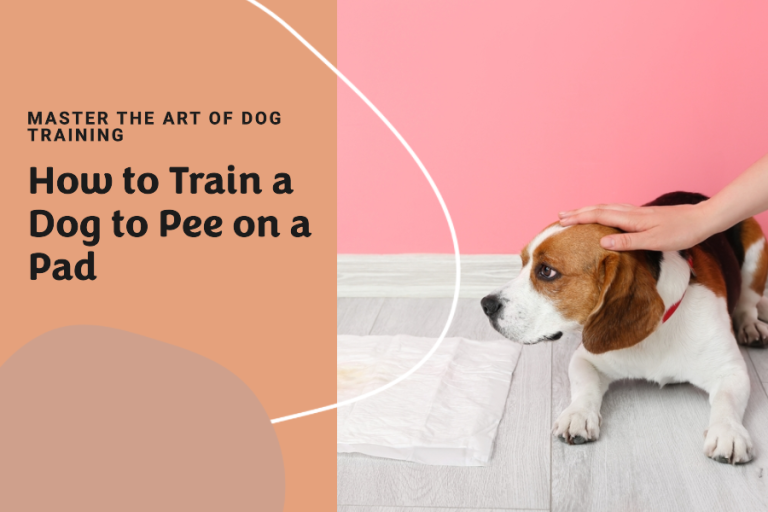At What Age Do Labradoodles Calm Down? – Patience Pays Off
Labradoodles are known for their friendly personalities, boundless energy, and love for people. However, most Labradoodle owners also know that young pups can be especially energetic and rambunctious. Many Labradoodle owners wonder: At what age do Labradoodles calm down?
In this article, we will explore the age ranges at which Labradoodles tend to calm down, along with what factors can impact their behavior. Join us as we provide guidance throughout their transition from playful puppies to calm companions.
Understanding Developmental Stages
Here are the typical developmental stages that Labradoodles go through:
Neonatal stage (0–2 weeks)
Labradoodle pups are totally reliant on their mother for food and care throughout their neonatal stage. They spend much of their time in a sleep-related state of sensory and motor development.
Transitional stage (2-4 weeks)
During this in-between period (two to four weeks), Labradoodle pups develop a heightened sense of awareness. They open their eyes, become aware of sounds, and start playing with others in the litter. They lose their baby teeth and start to move from crawling to walking.
Important for the Labradoodle puppy’s future social and behavioral health is the socialization period (3–12 weeks). As they interact with people and other animals, they have a natural curiosity and a desire to learn new things. Their early exposure to social interaction during this time may have an impact on their conduct and flexibility in the future.

Juvenile stage (3-6 months)
Labradoodle pups continue their rapid growth and development during the adolescent period (three to six months). As they discover new things and push their limits, they may experience spurts of energy and merriment. At this stage, training and socializing are particularly crucial for laying the groundwork for future success in these areas.
Adolescent stage (6–12 months)
Labradoodles begin their teenage stage between the ages of six and twelve months, a time of mixed emotions and increased curiosity. During this time, they may experience more difficult training due to their erratic energy levels. Successfully navigating this phase requires consistent instruction, patience, and encouragement.
Adult stage (1 year and older)
Like other dogs, they tend to slow down and become more content when they reach the adult stage (1 year and older). There is a noticeable improvement in their responsiveness to orders and understanding of what is expected of them. While most Labradoodles have outgrown their rambunctious stages, others still do and need regular mental and physical exercise.

Age Eange For Calmness
Even though there is no set age at which all Labradoodles calm down, most Labradoodles start to show signs of slowing down between the ages of 1 and 2.
Labradoodles usually go through their teen years and start to become young adults when they are about a year old. By this time, they have usually been through childhood, and their levels of energy have started to level off. When Labradoodles reach 2 years of age, they generally become more settled and mature.
However, Labradoodles may still retain some of their playful nature even into adulthood. It’s crucial for Labradoodle owners to be patient, consistent in their training efforts, and understanding of their dog’s needs.

Behavioral Changes
As Labradoodles mature, owners may observe a range of behavioral changes that accompany their development. Here are some common behavioral changes to look out for:
| Behavioral Changes | Specific Behaviors |
| Decreased hyperactivity | Less jumping, bouncing, and excessive energy bursts |
| Improved impulse control | Better ability to inhibit impulsive behaviors and respond to commands |
| Settled energy levels | Gradual stabilization of overall energy, with consistent energy levels |
| Enhanced attention span | Longer attention span and improved focus during training sessions |
| Reduced destructive behavior | Decreased tendency to engage in destructive chewing or damaging objects |
| Increased independence | Displaying a greater sense of self-reliance and needing less constant attention |
| Enhanced socialization skills | Improved comfort and confidence in various social settings, positive interactions with other dogs and people |
Training Techniques
Certainly! Here are some specific training techniques that can help Labradoodles calm down:
Obedience Training
Training your Labradoodle to obey simple instructions like “sit,” “stay,” and “settle” may go a long way toward creating order in the home. Positive reinforcement training sessions on a regular basis can help reinforce these instructions and foster a measured reaction.
Relaxation Training
Do things like “mat training” or “capturing calmness”. You may train your Labradoodle to be quiet and comfortable by rewarding them for sitting on a mat or bed. Combine with ambient noise in the background or calm music for dogs to practice relaxation training.

Settling Exercises
Training your Labradoodle to quiet down requires teaching him or her a signal or command like “settle” or “relax.” Reward them for quietly lying down and resting on this cue during quiet times. Maintaining a tranquil state of mind requires constant practice of this technique.
Exercise and Mental Stimulation
Your Labradoodle feels more relaxed and less hyperactive when you give it regular opportunities for physical and mental stimulation. Tire them out and help them unwind with regular walks, playtime, and stimulating activities like puzzle toys or scent games.
Crate Training
When your Labradoodle needs a moment of peace and quiet, crate training may provide them with a secure and familiar place to go. Use only positive reinforcement to help them get accustomed to and even fond of their crate.`

Calm Reinforcement
Rewarding your Labradoodle when it displays tranquility on its own or in response to stimuli can help reinforce this habit. Reward and promote calm behavior with goodies, praise, or reassuring pats.
It’s important to socialize with other dogs, animals, and humans. Help your Labradoodle feel more at ease in new surroundings. A more relaxed and content Labradoodle may be the result of a positive socializing experience.









